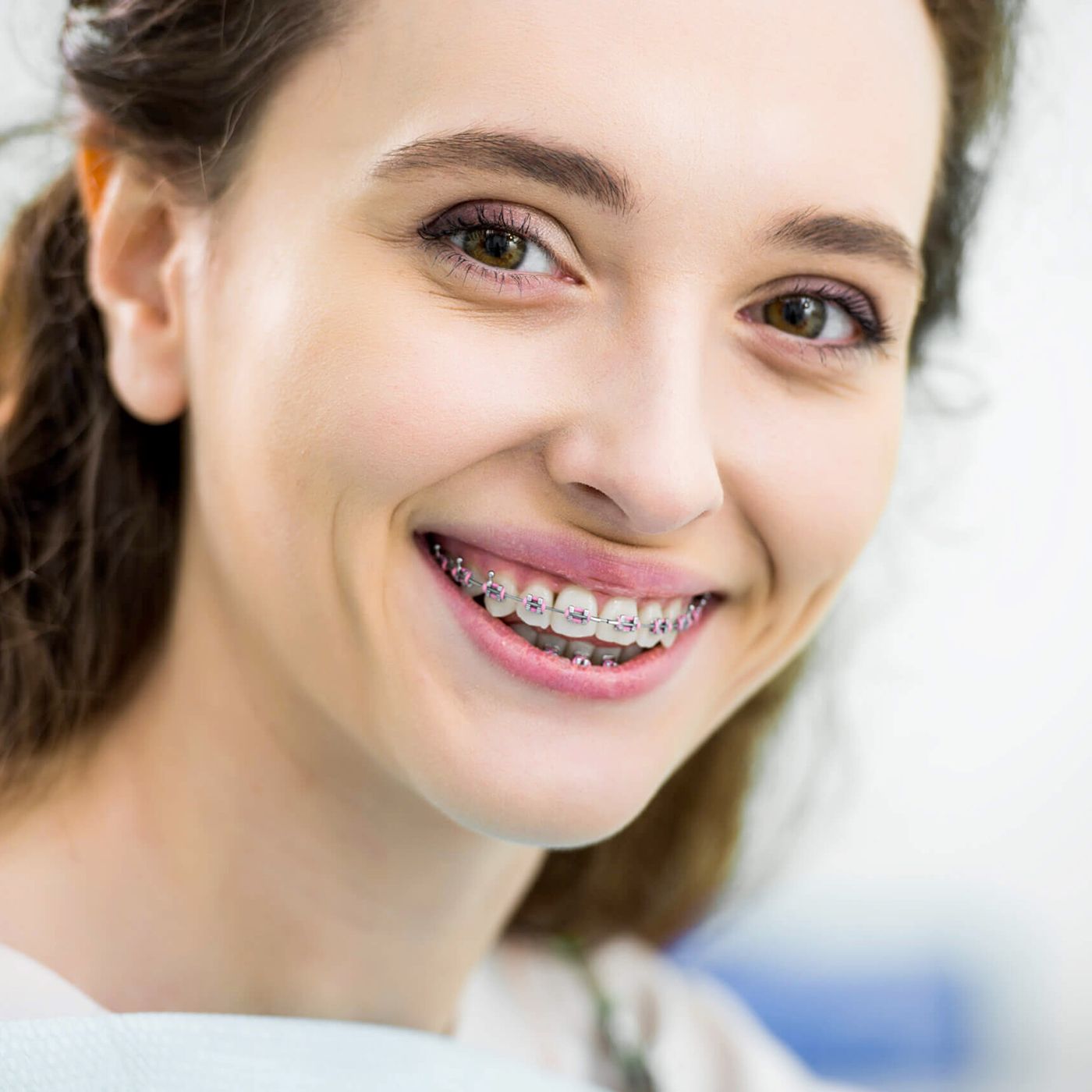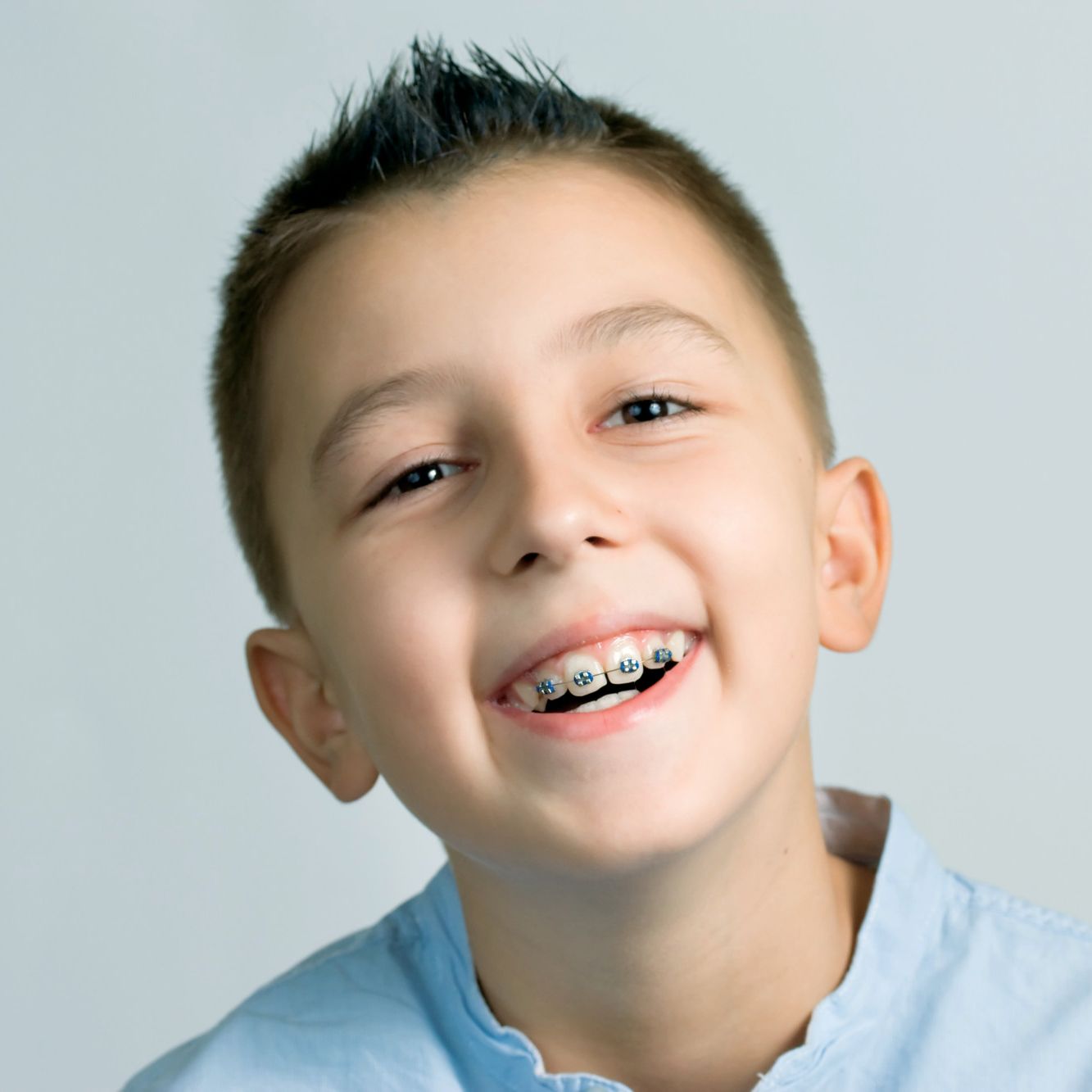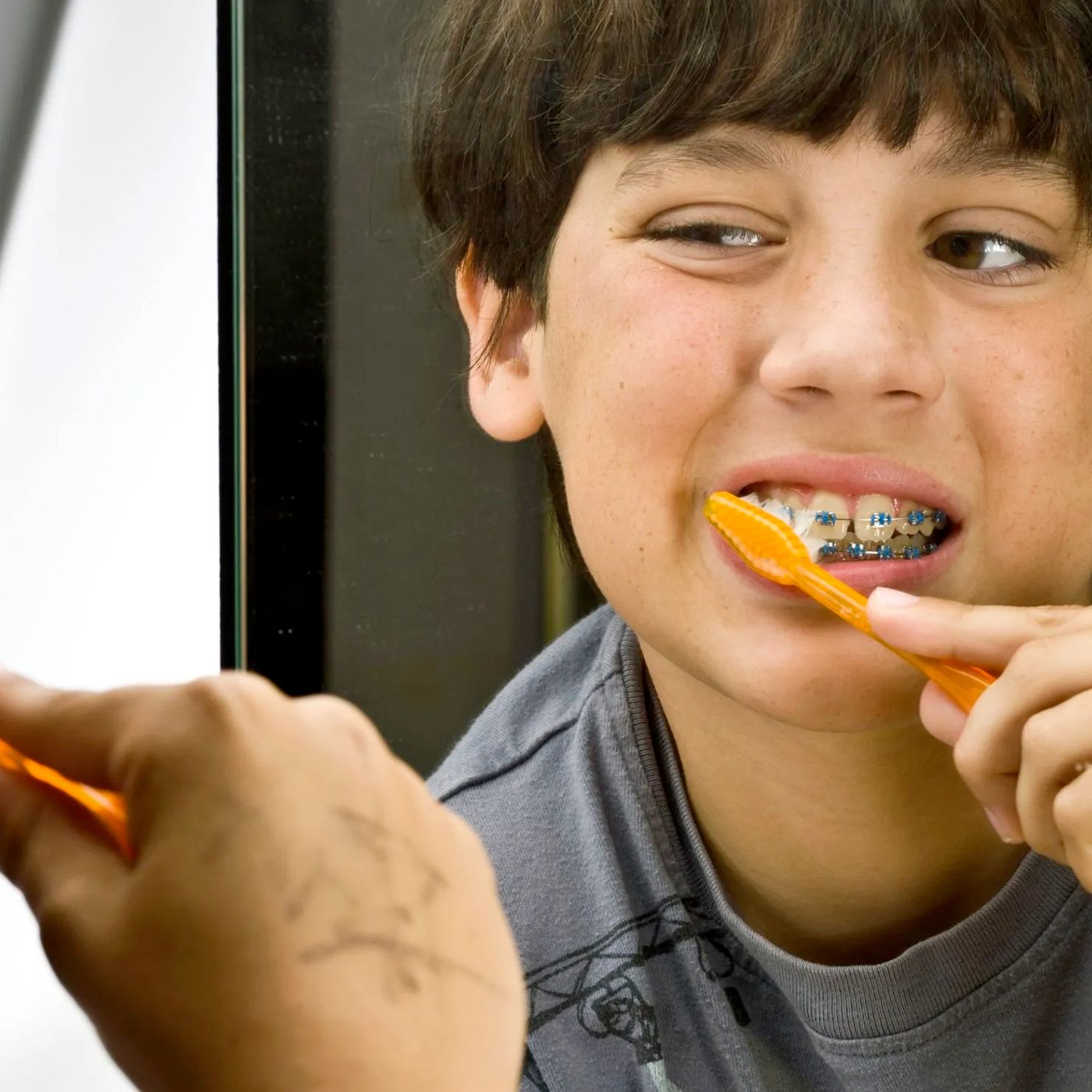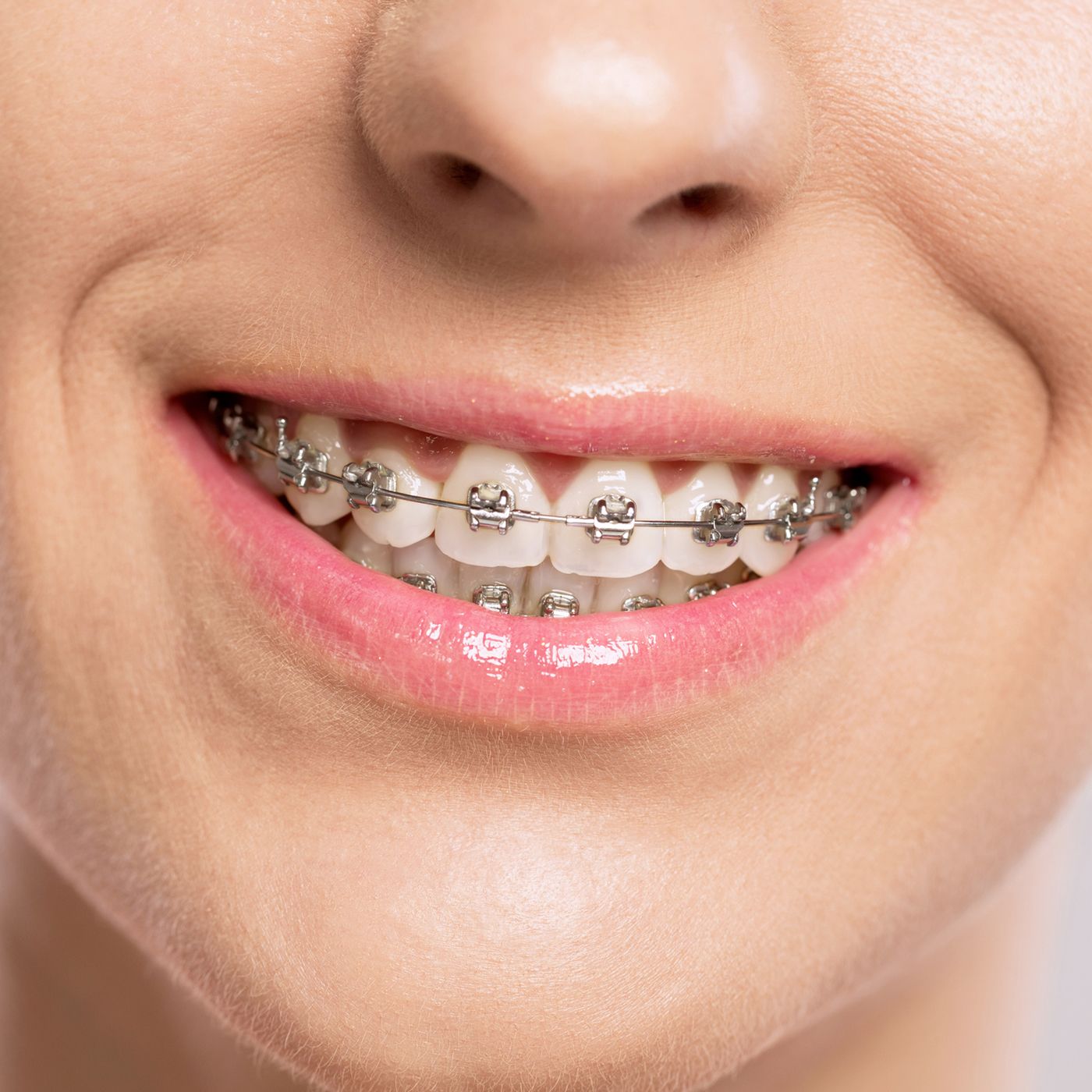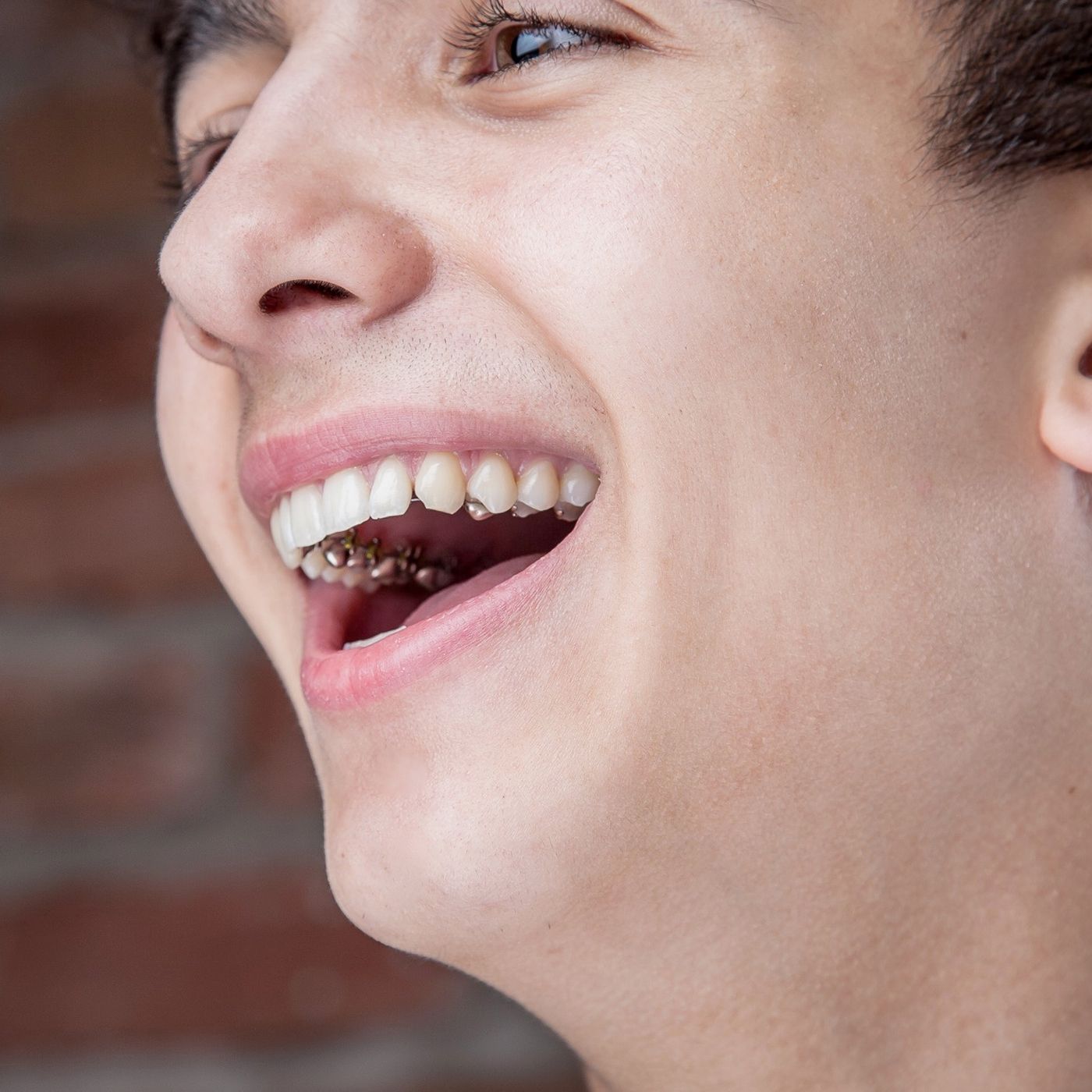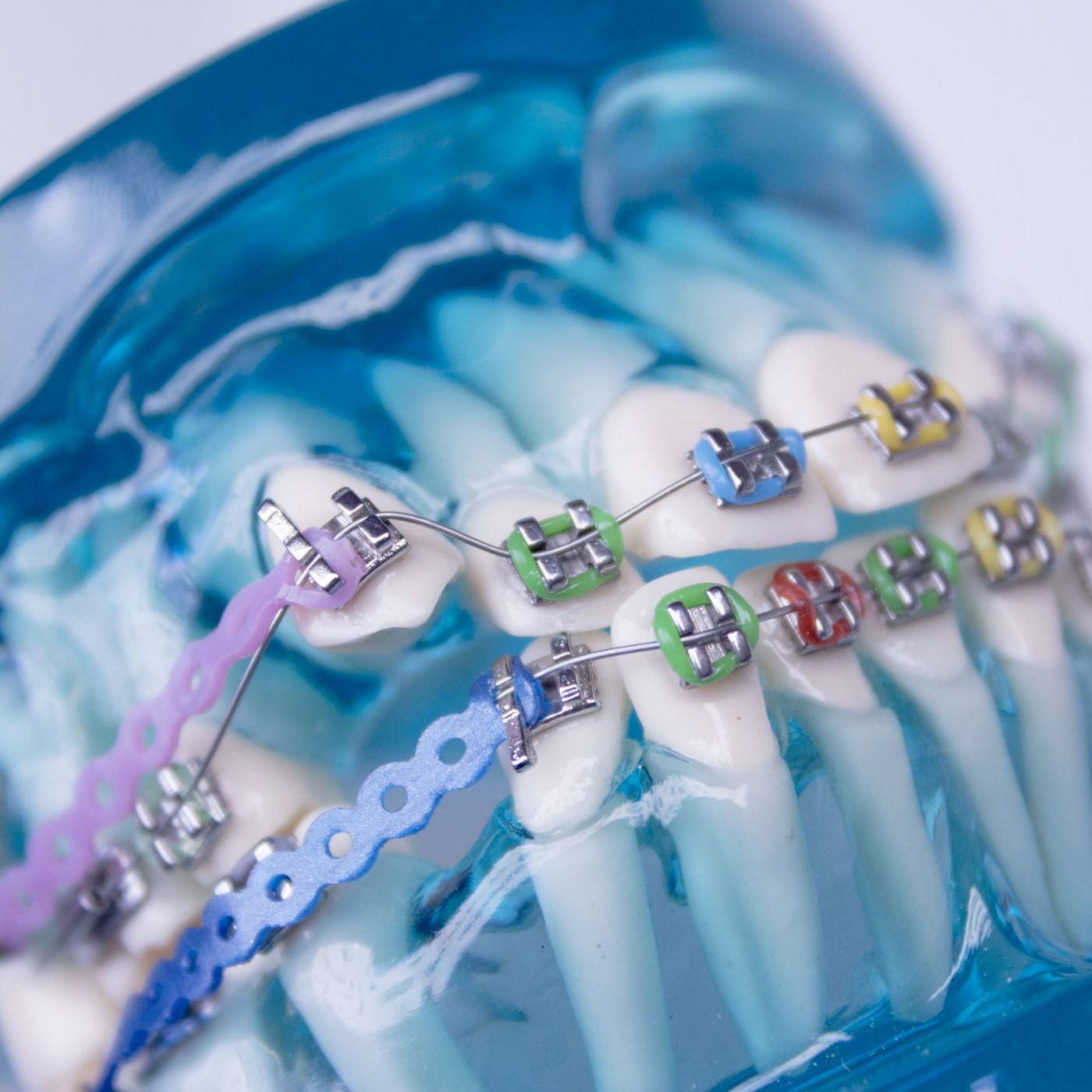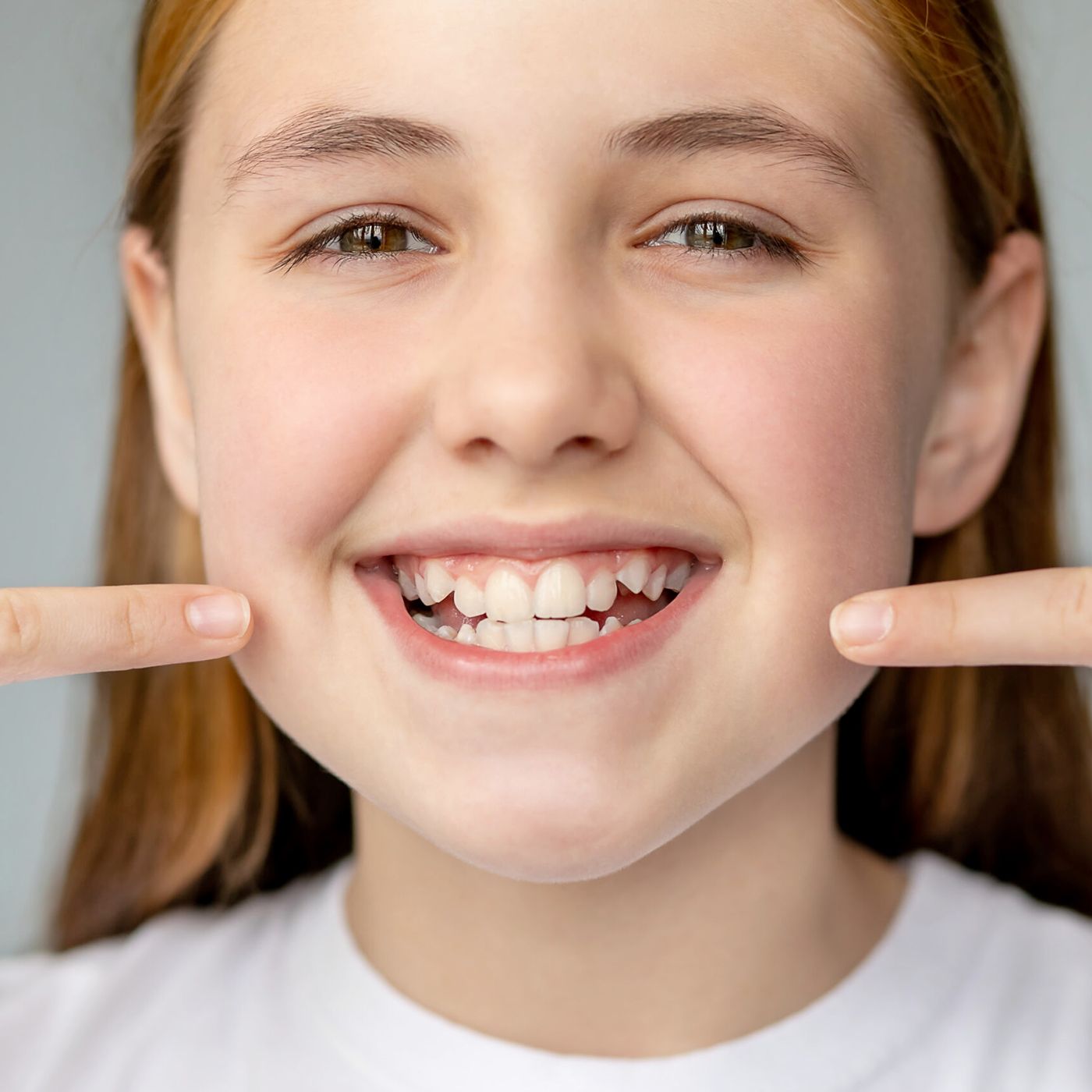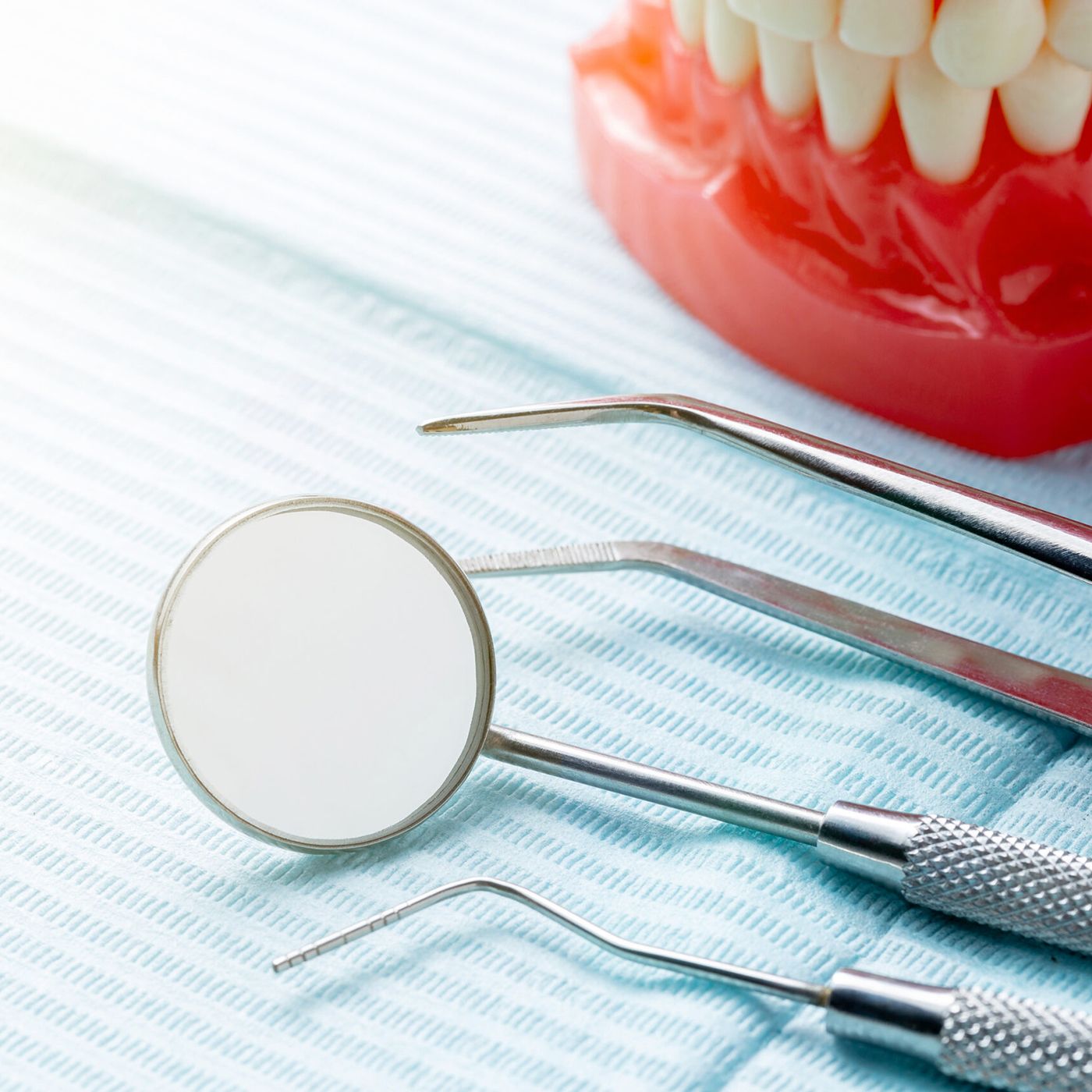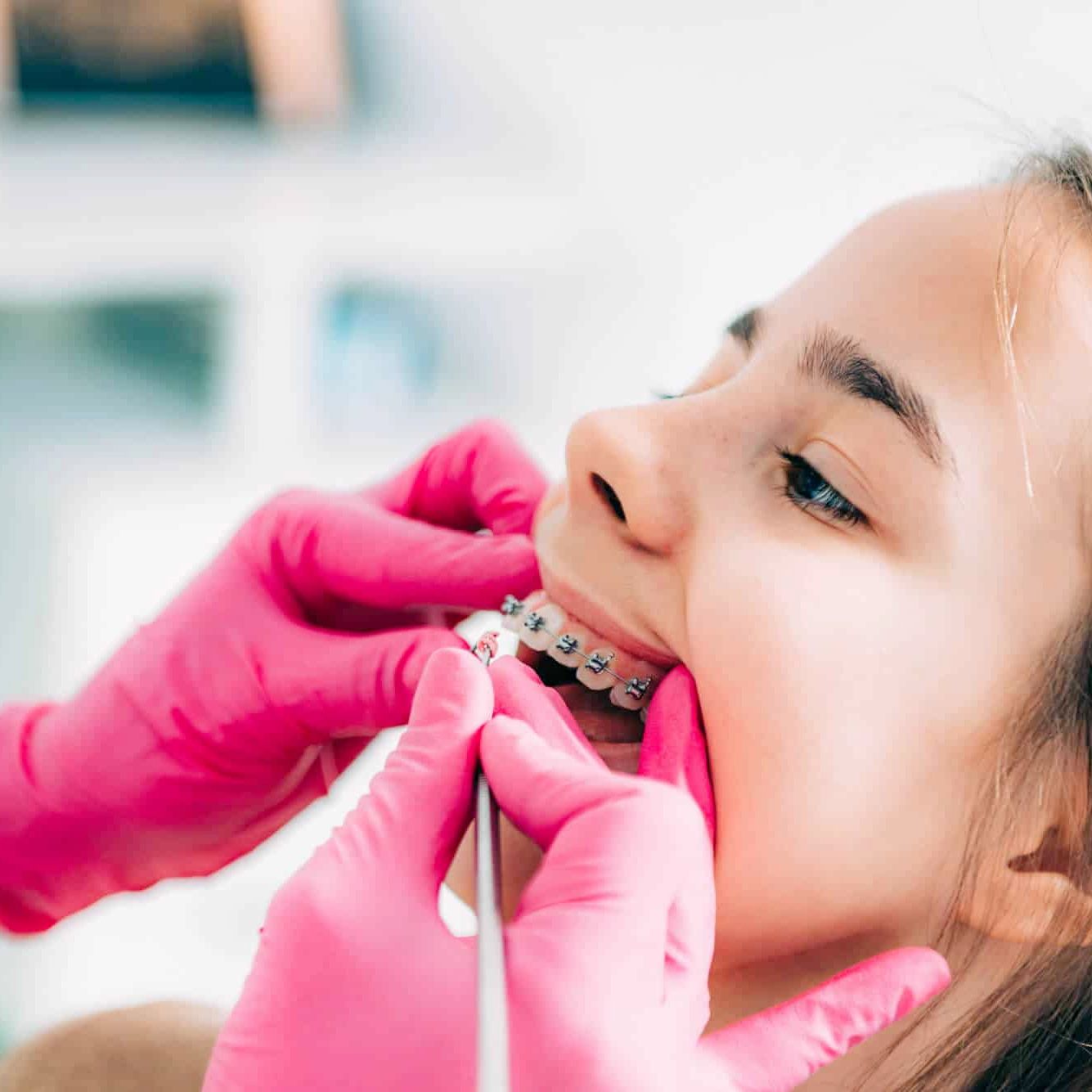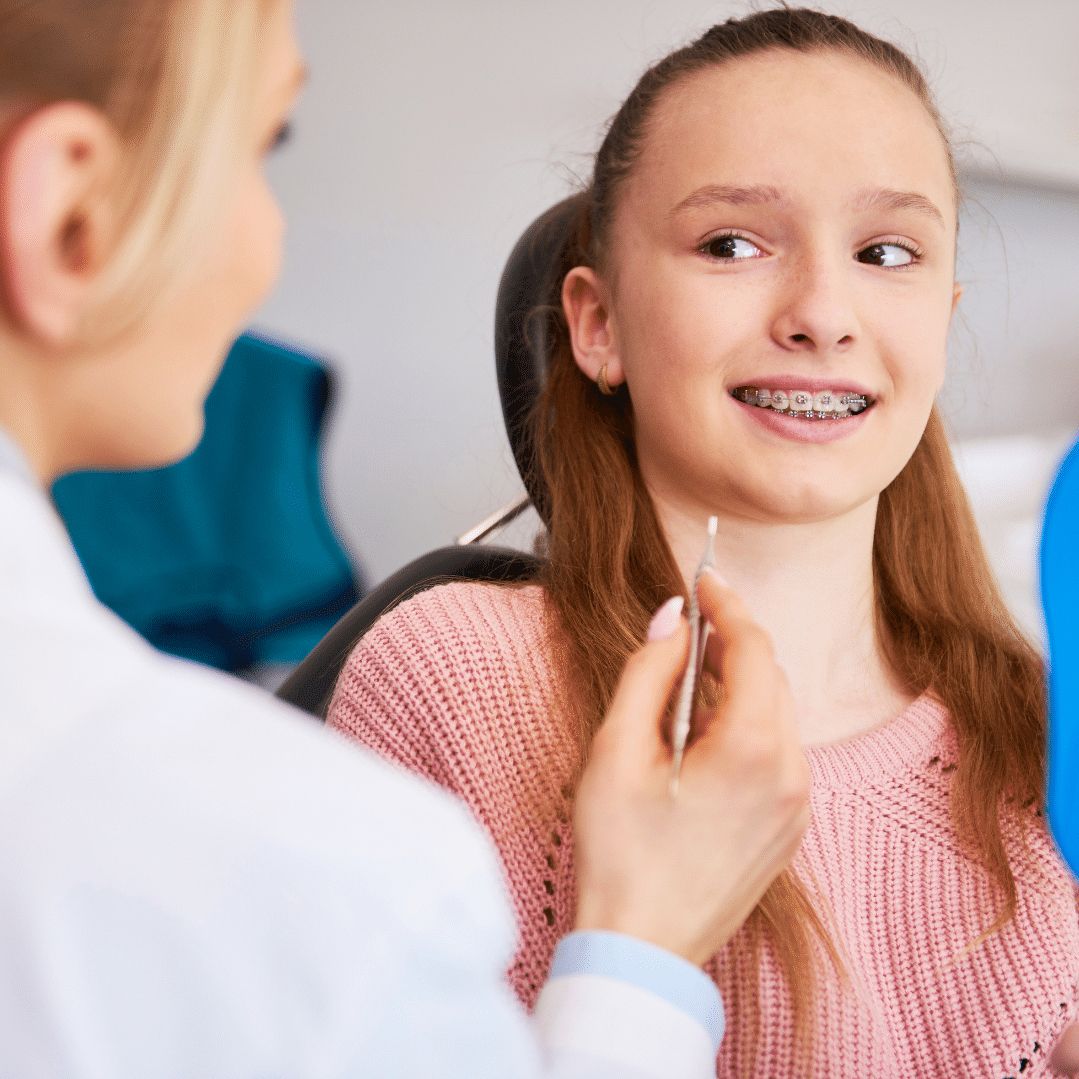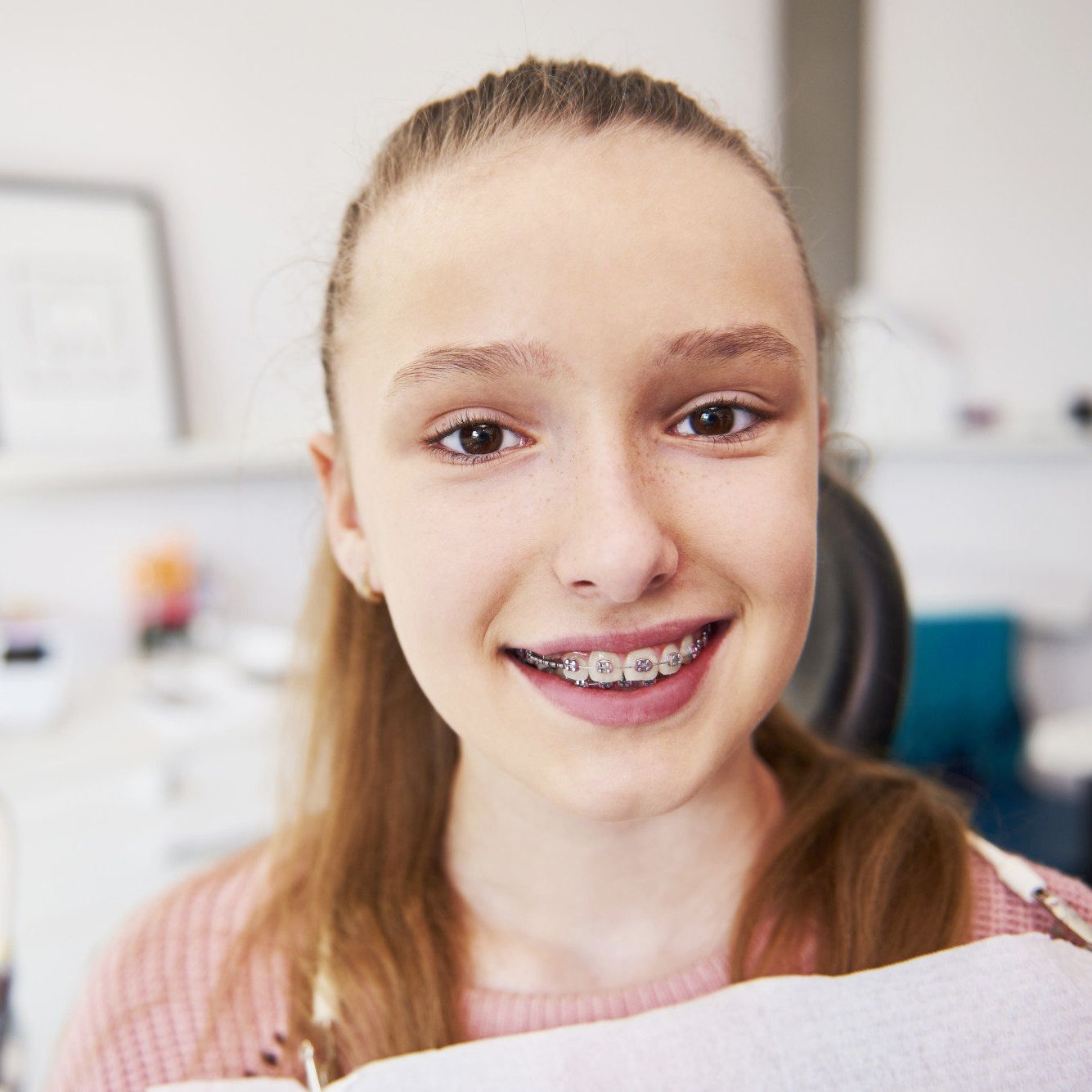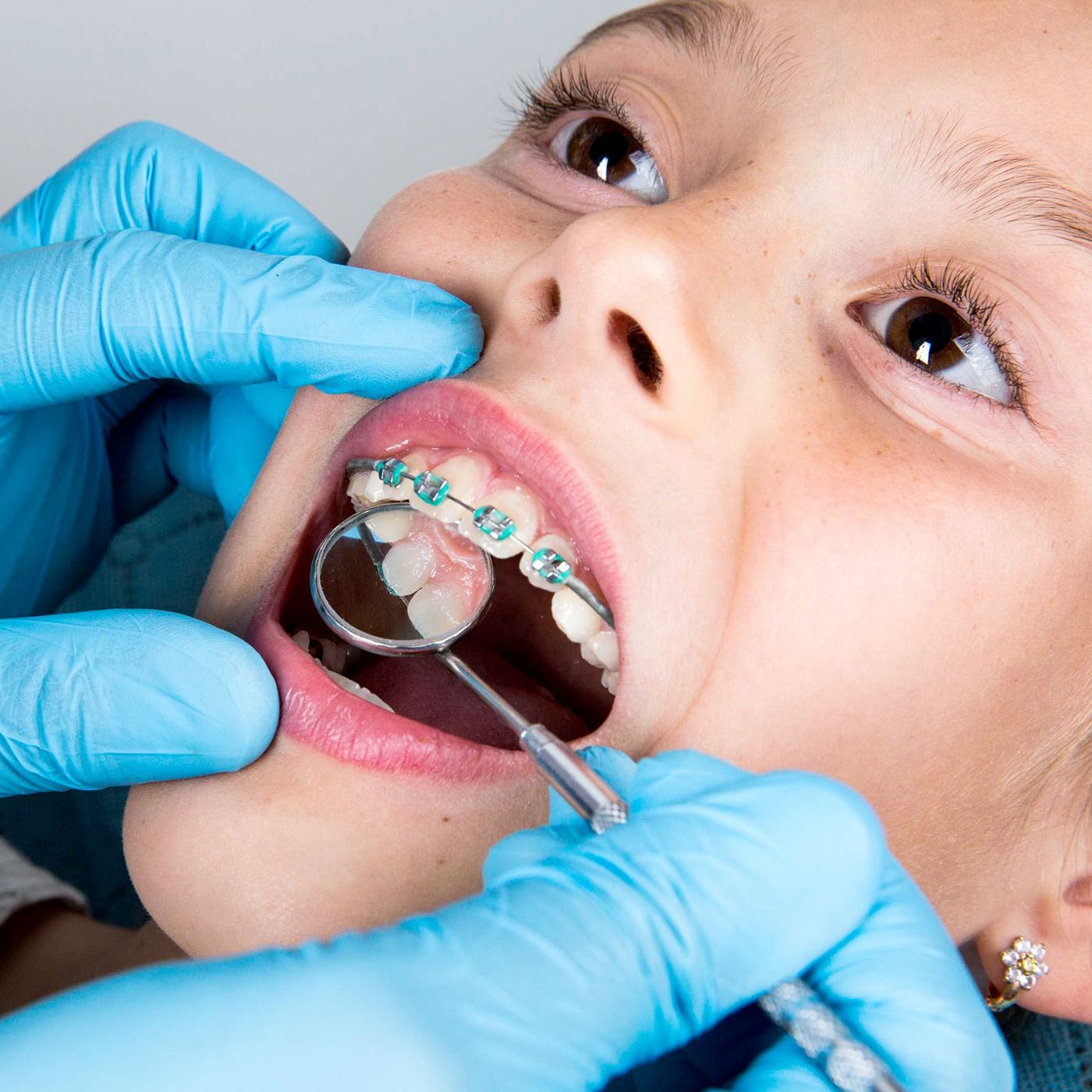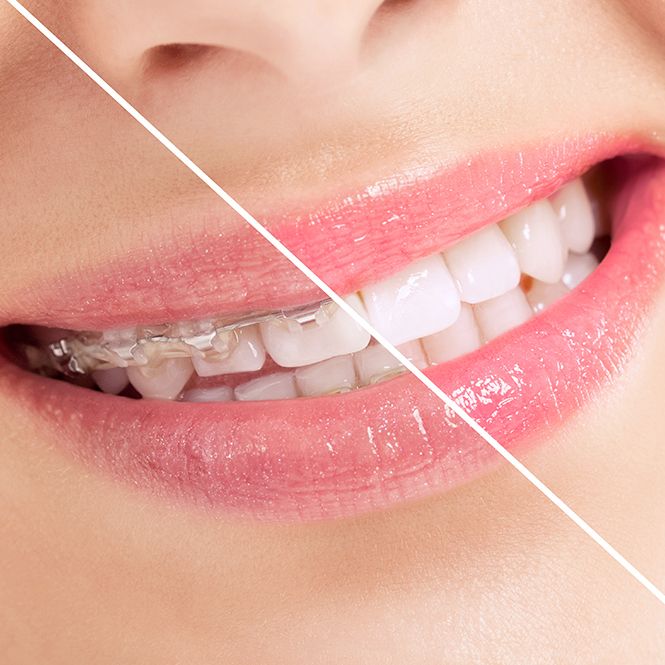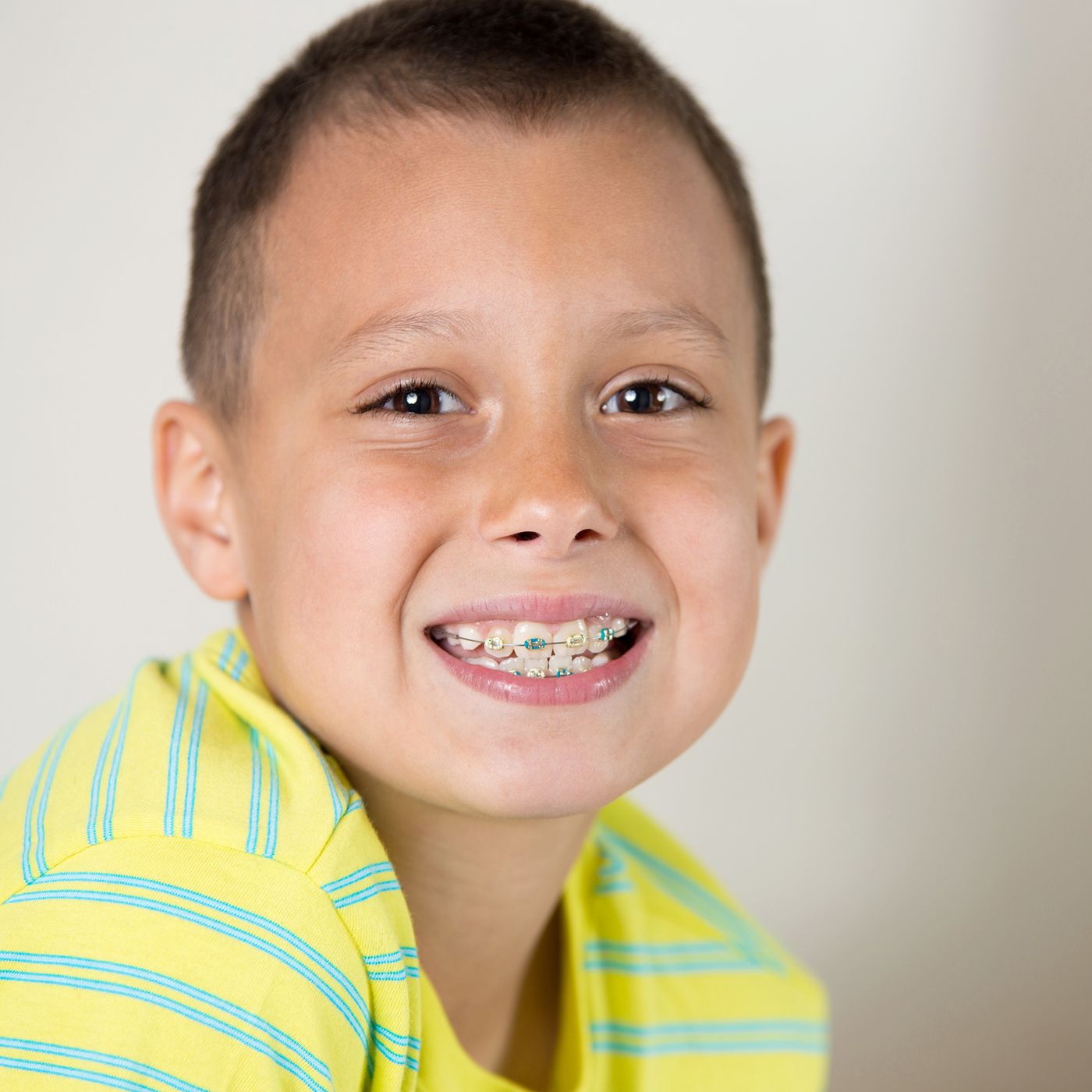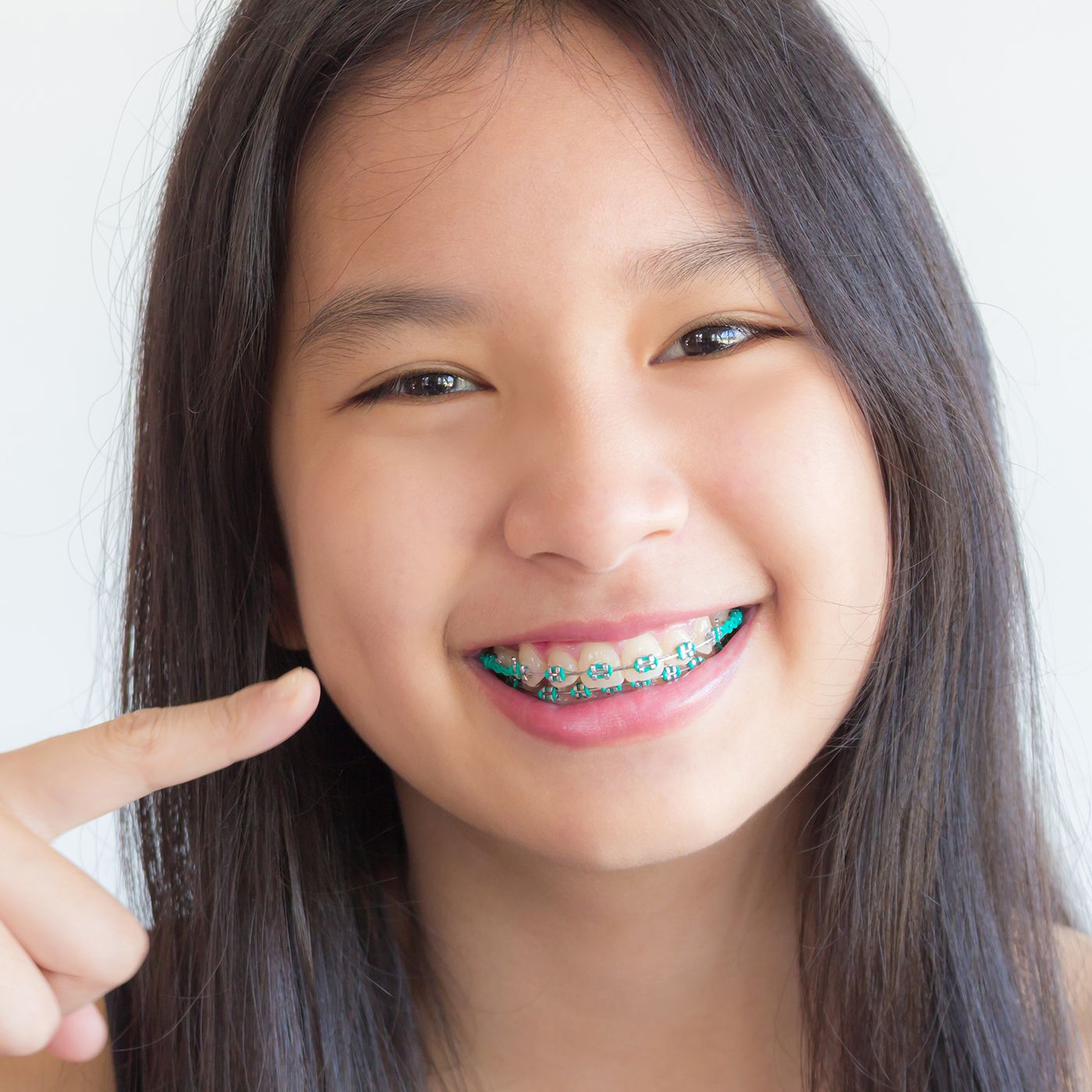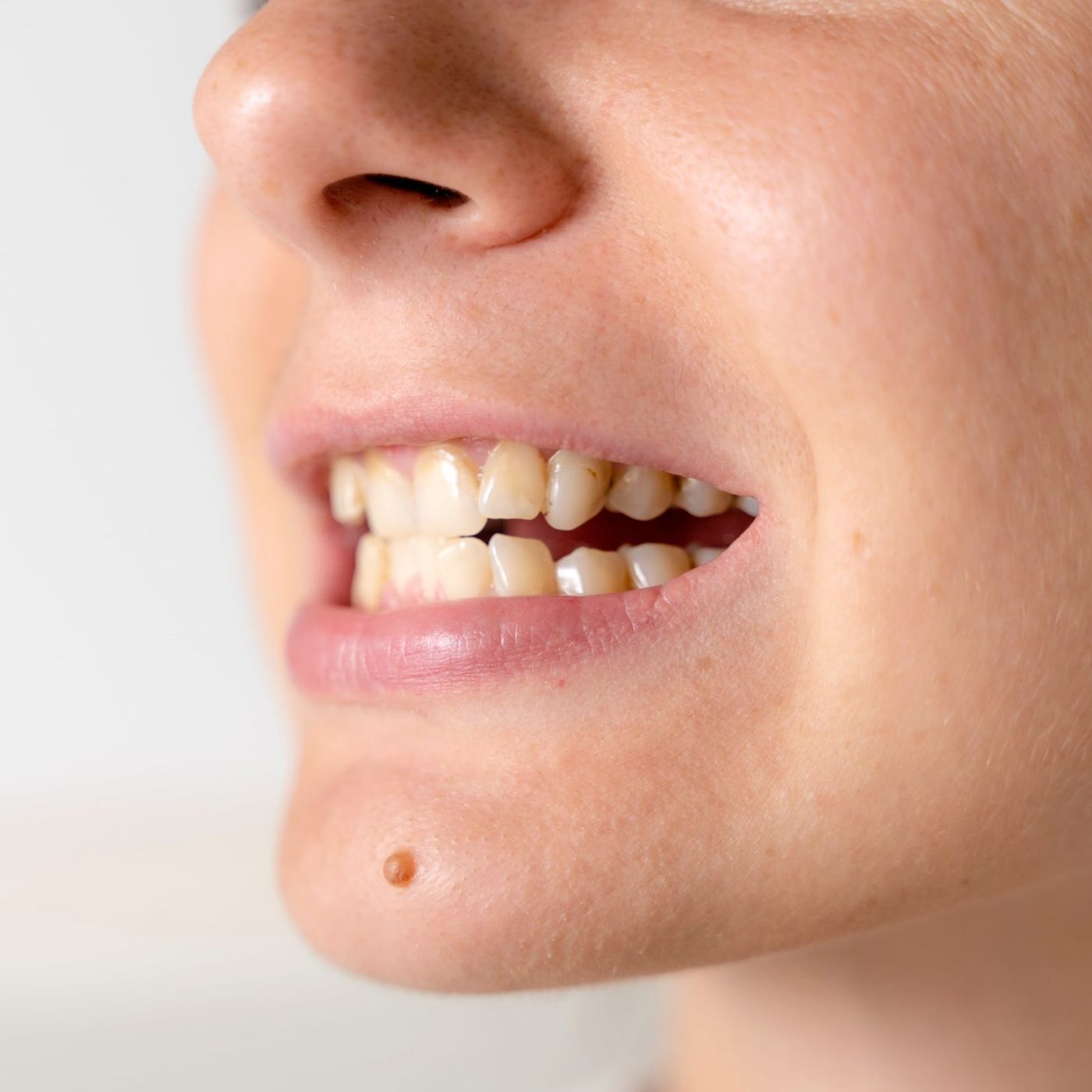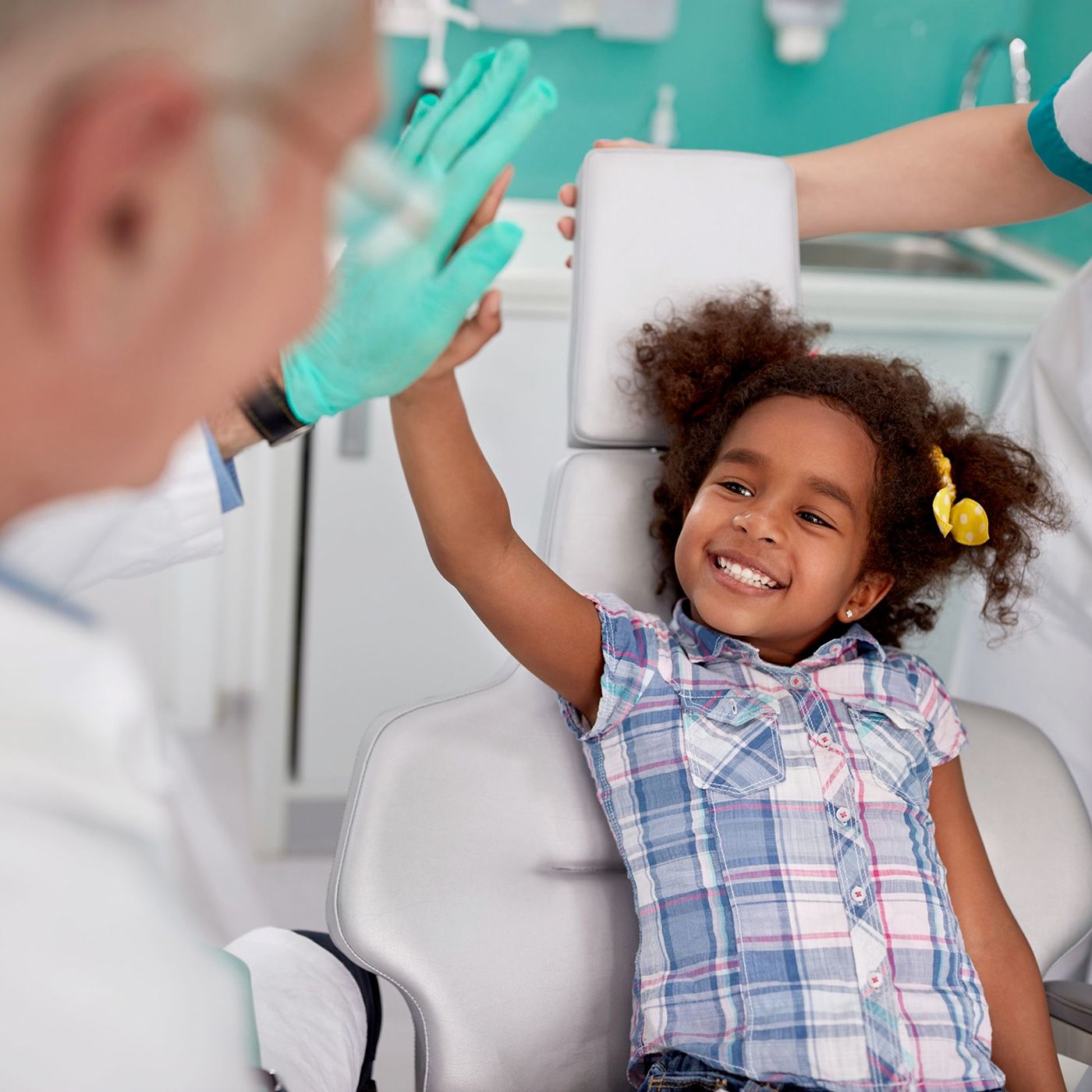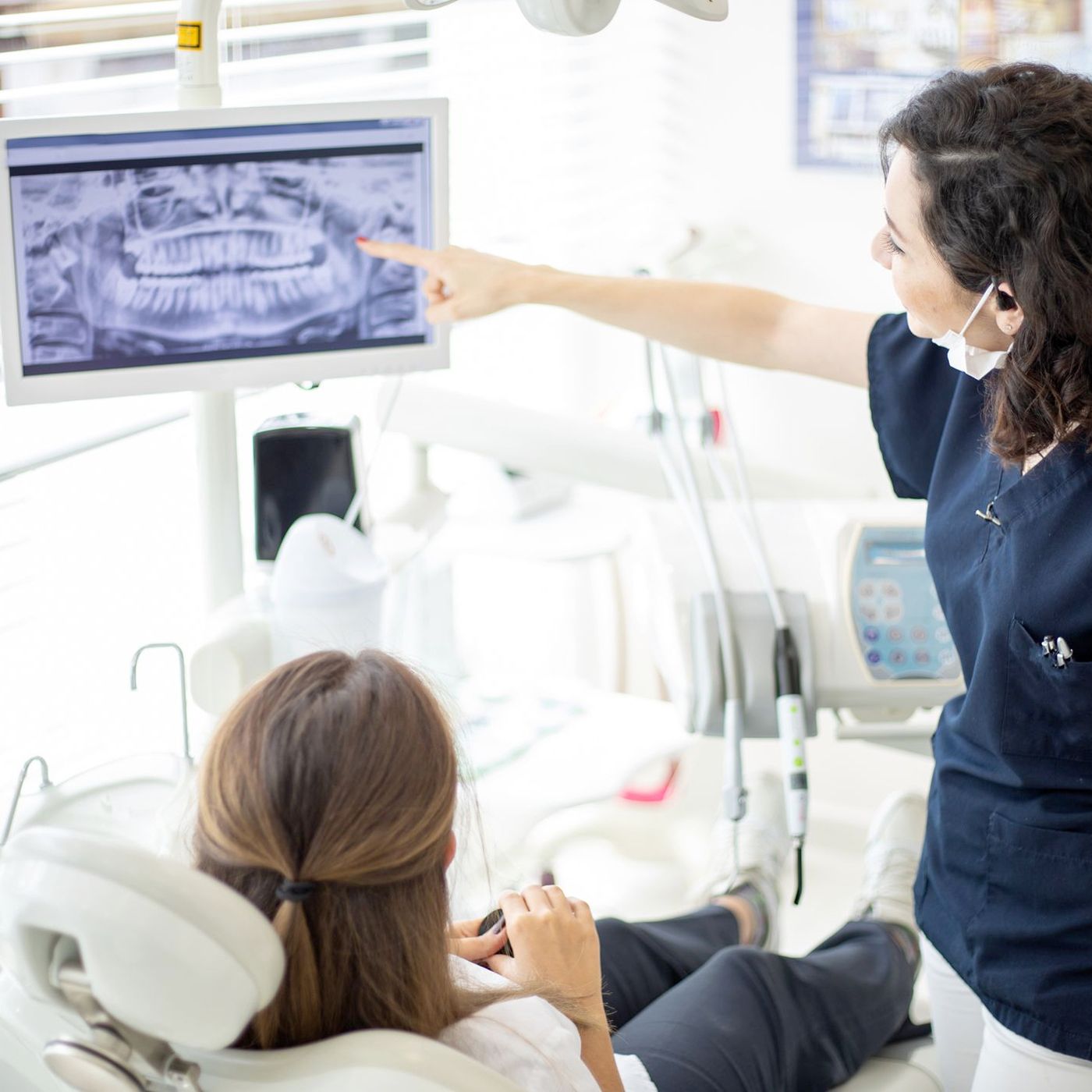What is Orthodontics?
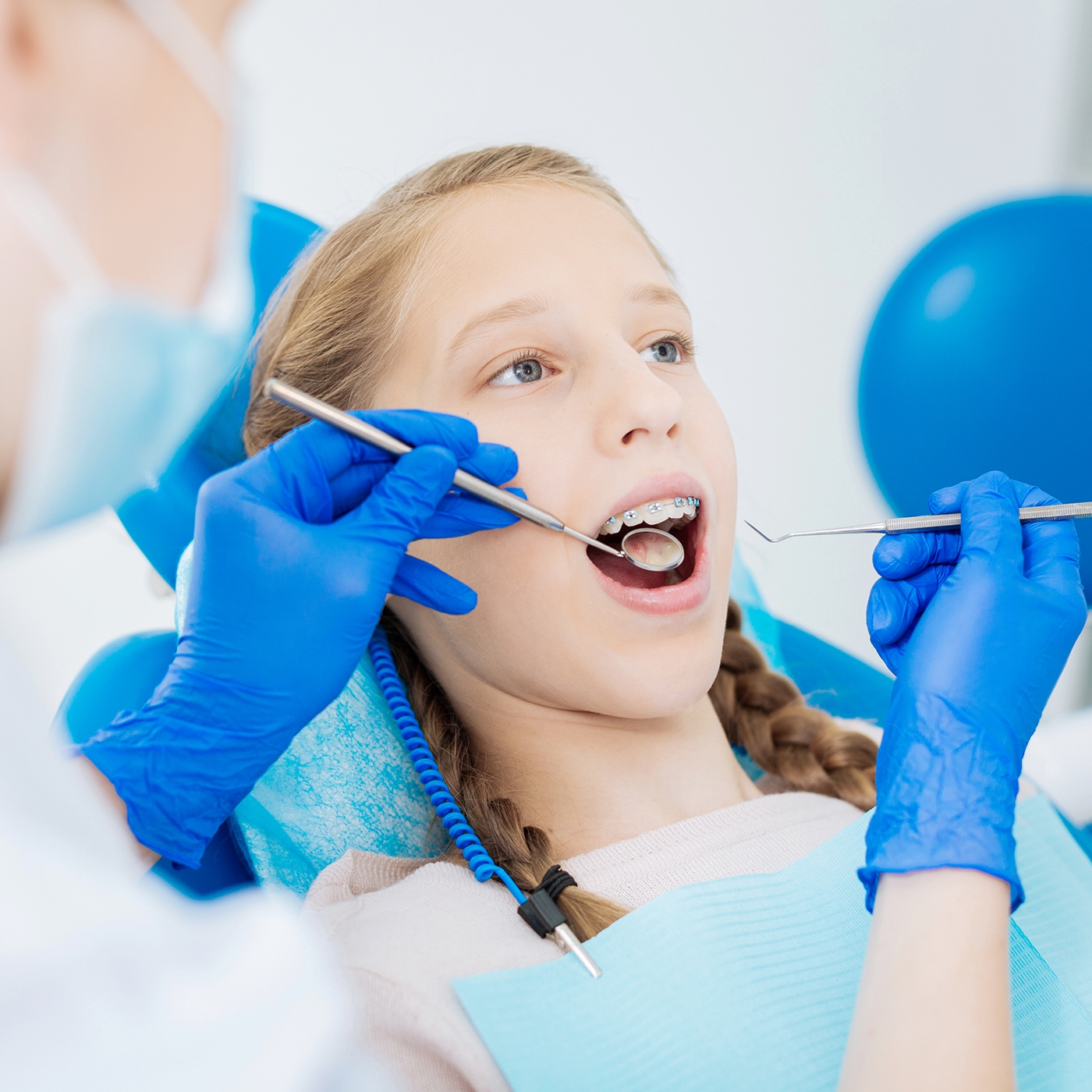
Orthodontics is one of many dental specialties. The word “orthodontics” is derived from the Greek words orthos, meaning proper or straight and odons meaning teeth. Orthodontics is specifically concerned with diagnosing and treating tooth misalignment and irregularity in the jaw area. Initially, orthodontic treatments were geared toward the treatment of teens and pre-teens, but these days around 30 percent of orthodontic patients are adults.
There are many advantages to well-aligned teeth, including easier cleaning, better oral hygiene, clearer speech and a more pleasant smile. Though orthodontic treatment can be effective at any age, the American Dental Association suggests that an orthodontic assessment should be performed around the age of seven. The earlier orthodontic treatment begins, the more quickly the problem can be successfully resolved.
What problems can be treated with orthodontics?
Orthodontics is a versatile branch of dentistry that can be used alone, or in combination with maxillofacial or cosmetic dentistry.
Here are some of the common conditions treated with orthodontics:
- Anteroposterior deviations – The discrepancy between a pair of closed jaws is known as an anteroposterior discrepancy or deviation. An example of such a discrepancy would be an overbite (where the upper teeth are further forward than the lower teeth), or an underbite (where the lower teeth are further forward then the upper teeth).
- Overcrowding – Overcrowding is a common orthodontic problem. It occurs when there is an insufficient space for the normal growth and development of adult teeth.
- Aesthetic problems – A beautiful straight smile may be marred by a single misaligned tooth. This tooth can be realigned with ease and accuracy by the orthodontist. Alternatively, orthodontists can also work to reshape and restructure the lips, jaw or the face.
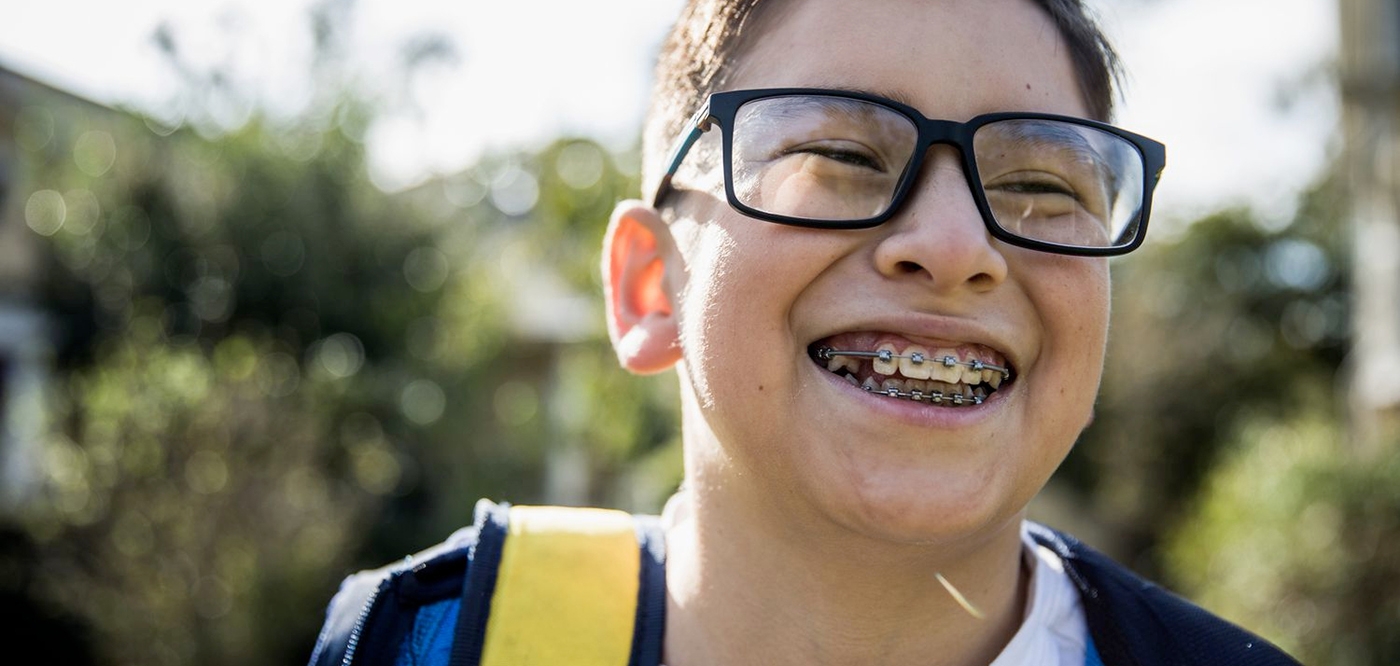
Orthodontic Solutions
Orthodontics is a technologically advanced field which offers many sophisticated solutions to malocclusions and other cosmetic problems. The orthodontist will generally perform a visual examination, panoramic X-rays, and study models (bite impressions) in order to assess the exact nature of the discrepancy.
When a diagnosis has been made, there are a variety of orthodontic treatment options available.
Here is an overview of some of the most common treatments:
- Fixed orthodontic braces – A metal or ceramic dental base is affixed to each tooth, and a dental wire is inserted through each base. The orthodontist is able to gradually train the teeth into proper alignment by regularly adjusting the wire. When the desired results are achieved, the fixed dental braces are completely removed.
- Removable appliances – There are a wide range of removable appliances commonly used in orthodontics, including headgear that correct overbites, Hawley retainers that improve the position of the teeth even as the jawbone reforms, and facemasks which are used to correct an underbite.
- Invisalign® – This is a newer, removable type of dental aligner that is completely transparent. Invisalign® does not interfere with eating because of its removable nature, and mechanically works in the same way as the traditional metal dental braces. Not all patients are candidates for Invisalign®.
If you have any questions or concerns about orthodontics, please contact our office.
orthodontics
![6-month-smiles-1]()
6 Month Smiles®
Explore more![an-introduction-to-braces-1]()
An Introduction To Braces
Explore more![at-home-care-for-orthodontic-soreness-1]()
At-Home Care for Orthodontic Soreness
Explore more![braces-for-adults-1]()
Braces For Adults
Explore more![braces-for-children-1]()
Braces For Children
Explore more![brushing-and-flossing-with-braces-1]()
Brushing and Flossing with Braces
Explore more![care-during-orthodontic-treatment-1]()
Care During Orthodontic Treatment
Explore more![care-following-orthodontics-retainers-1]()
Care Following Orthodontic - Retainers
Explore more![damon-braces-1]()
Damon® Braces
Explore more![do-braces-hurt-1]()
Do Braces Hurt ?
Explore more![does-my-child-need-early-orthodontics-1]()
Does My Child Need Early Orthodontics?
Explore more![eating-while-wearing-braces-1]()
Eating While Wearing Braces
Explore more![in-ovation-l-mtm-1]()
In-Ovation® L MTM
Explore more![invisalign-1]()
Invisalign®
Explore more![is-it-ever-too-late-to-get-braces-1]()
Is It Ever Too Late To Get Braces?
Explore more![lingual-braces-1]()
Lingual Braces
Explore more![orthodontic-appliances-1]()
Orthodontic Appliances
Explore more![orthodontic-conditions-1]()
Orthodontic Conditions
Explore more![orthodontic-dictionary-1]()
Orthodontic Dictionary
Explore more![orthodontic-emergencies-1]()
Orthodontic Emergencies
Explore more![orthodontic-exams-1]()
Orthodontic Exams
Explore more![orthodontic-treatment-braces-1]()
Orthodontic Treatment (Braces)
Explore more![orthodontic-treatment-phases-1]()
Orthodontic Treatment Phases
Explore more![repositioning-teeth-with-orthodontic-appliances-1]()
Repositioning Teeth with Orthodontic Appliances
Explore more![suresmile-1]()
SureSmile®
Explore more![types-of-braces-1]()
Types of Braces
Explore more![what-does-orthodontic-treatment-involve-1]()
What Does Orthodontic Treatment Involve?
Explore more![what-is-a-malocclusion-1]()
What is a Malocclusion?
Explore more![what-is-an-orthodontist-1]()
What is an Orthodontist?
Explore more![when-should-my-child-get-an-orthodontic-evaluation-1]()
When Should My Child Get An Orthodontic Evaluation?
Explore more![who-can-benefit-from-orthodontics-1]()
Who Can Benefit From Orthodontics?
Explore more![why-straighten-teeth-1]()
Why Straighten Teeth?
Explore more
Get In Touch
- Monday - Thursday
- Friday - Saturday - Sunday
- 9:00 am - 4:30 pm
- Closed
- Monday - Friday
- Saturday - Sunday
- 8:00 am - 5:00 pm
- Closed
- Monday - Thursday
- Friday
- Saturday - Sunday
- 9:00 am - 4:30 pm
- Appointment only
- Closed




